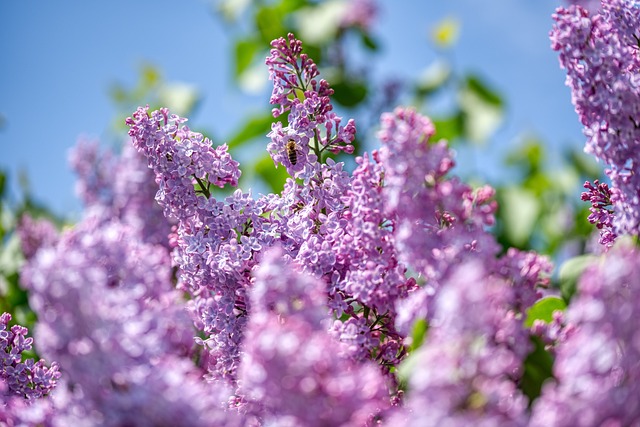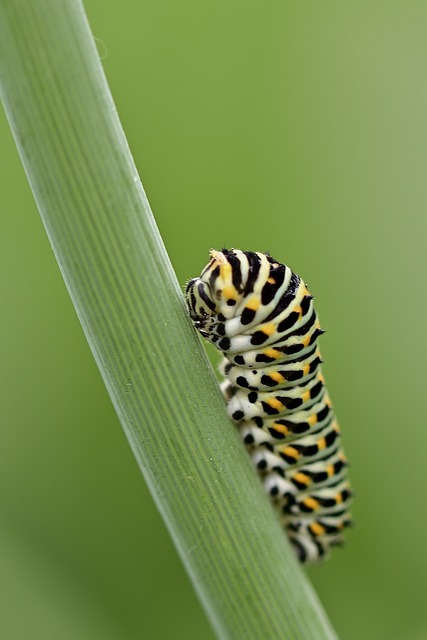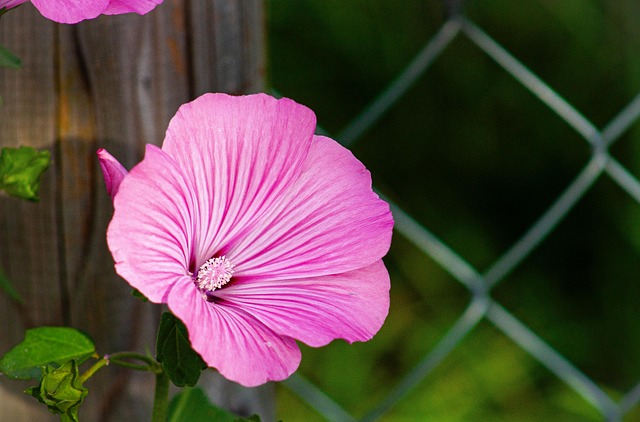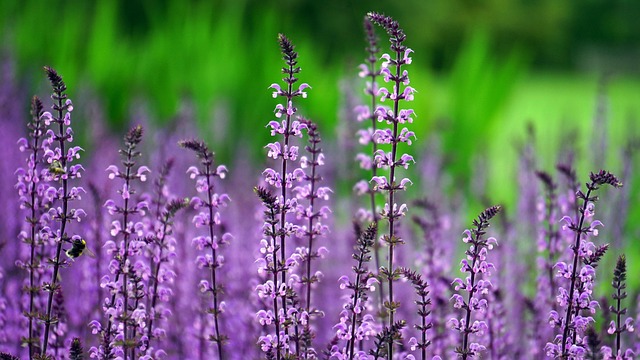Lawn care requires tailored approaches based on fertilizing schedules by season. In spring, use balanced fertilizers for growth; switch to slow-release later to avoid burn. Summer demands heat-stress formulas, deep watering, aeration, and higher mower settings. Fall fertilization with lower nitrogen content prepares grass for winter dormancy, ensuring vibrant grass year-round.
“Lawn care is an art that blooms with each passing season. To achieve lush, vibrant grass year-round, understanding seasonal growth patterns is key. This guide navigates the optimal fertilizing strategies for every season, from spring’s rejuvenating cycle to summer’s heat challenges and fall’s preparation for winter dormancy. Learn how to tailor your lawn care routine, ensuring a healthy, resilient turfgrass that thrives with each change in weather. Discover the secrets to effective fertilizing schedules by season.”
- Understanding Seasonal Lawn Growth Cycles
- Fertilizing Strategies for Spring: Preparing Your Lawn for Summer
- Summer Maintenance: Ensuring a Healthy Lawn Through Heat and Drought
- Fall Preparation: Fertilizing for Winter Resilience and Next Season's Growth
Understanding Seasonal Lawn Growth Cycles

Lawn care isn’t a one-size-fits-all endeavor, and understanding seasonal growth patterns is key to maintaining a lush green yard. Each season brings unique challenges and opportunities for lawn health. In spring, after a long winter dormancy, lawns wake up and enter an active growth phase. This is the perfect time to focus on fertilizing to provide essential nutrients for robust development. During summer, with hotter temperatures and increased sun exposure, lawns may require more frequent watering and specific fertilizers tailored for heat stress.
Fall marks a transition period where lawn growth slows down, but it’s crucial not to skip fertilization as this prepares the grass for winter dormancy. Proper fertilizing schedules by season ensure your lawn gets the right balance of nutrients at every stage of its lifecycle. By aligning your care routine with these natural cycles, you can foster healthier, more vibrant grass year-round.
Fertilizing Strategies for Spring: Preparing Your Lawn for Summer

As spring arrives, it’s time to shift your lawn care routine towards preparing for the warmer months ahead. Fertilizing is a key aspect of this process, as it provides essential nutrients that promote healthy growth during the summer. The ideal fertilizing strategy for early spring involves using a balanced fertilizer with equal parts nitrogen, phosphorus, and potassium. This promotes lush green grass and strengthens roots before summer’s peak.
When planning your fertilizing schedules by season, remember to time applications accordingly. In late spring, as temperatures rise, switch to a slow-release fertilizer. This ensures a steady nutrient supply throughout the summer without causing burn or excessive growth. Regular monitoring of your lawn’s health will help you adjust these strategies for optimal results, keeping your grass vibrant and robust until fall.
Summer Maintenance: Ensuring a Healthy Lawn Through Heat and Drought

During summer, lawns often face their most intense periods of growth and stress. To keep your lawn thriving amidst heatwaves and droughts, adjust your fertilizing schedules by season. Applying a balanced fertilizer in early to mid-summer provides essential nutrients for robust foliage development. Regular deep watering is crucial; less frequent but thorough watering sessions encourage deeper root growth, making lawns more resilient during dry spells. Additionally, consider aeration services to alleviate soil compaction, enhancing water, nutrient, and oxygen penetration to the roots.
Proper mowing practices are also key. Set your lawnmower blades higher (around 3-4 inches) during hot months; this promotes healthier grass as it allows for better air circulation around the crown of each grass plant. Regularly removing dead leaves and clippings prevents moisture evaporation from the soil surface, helping to keep your lawn cool and hydrated. These summer maintenance practices work together to ensure a lush, vibrant lawn, even under challenging seasonal conditions.
Fall Preparation: Fertilizing for Winter Resilience and Next Season's Growth

As autumn winds down, preparing your lawn for the cooler months is essential to ensure robust growth in the next season. One crucial aspect of this preparation is fertilizing, which plays a vital role in building your lawn’s resilience against winter dormancy and promoting healthy development when spring arrives. Adjusting your fertilizing schedule according to seasonal changes is key to achieving these goals.
During fall, focusing on a balanced fertilizer with lower nitrogen content can strengthen grass roots before winter. This step helps the lawn retain moisture and withstand cold temperatures. By following recommended fertilizing schedules by season, you’ll foster a strong foundation for next year’s growth. The process involves applying fertilizers at the appropriate time, ensuring optimal nutrient absorption as the weather cools down, and preparing your lawn for its cyclical rest period while maintaining its health and vibrancy.
By aligning lawn care with seasonal growth patterns, you can ensure a lush, healthy lawn year-round. Understanding the unique needs of each season allows for tailored approaches to fertilizing, mowing, and watering. Spring prepares your lawn for summer heat, while summer maintenance focuses on drought resistance. Fall fosters resilience against winter’s harshness and sets the stage for next season’s growth. Adopting these strategic fertilizing schedules by season will not only enhance your lawn’s beauty but also its longevity.
